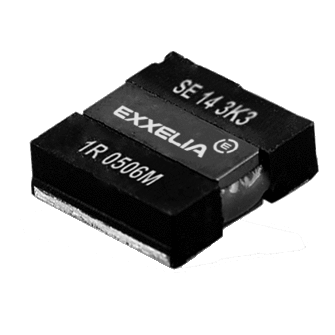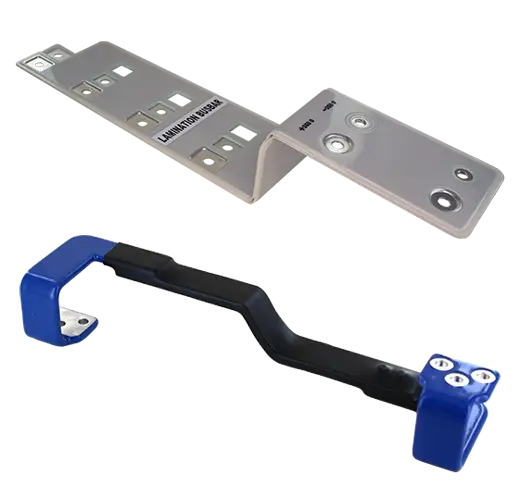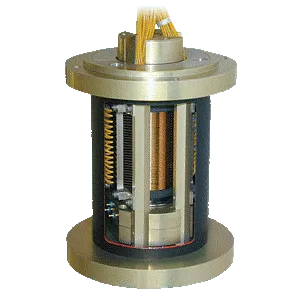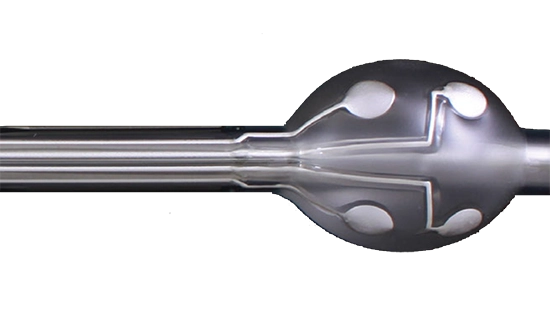

Discover Exxelia's new Plug&Play TEMPEST filters for datacenters, offering easy installation, EMI protection, and customizable options.
New unrivalled Plug & Play TEMPEST filters for data centers and mission critical facilities.
Electronic equipment can leak sensitive information over conducted or radiated electromagnetic emanations, and signals transmitted down unprotected lines can potentially be intercepted. That’s why filters are implemented into systems to prevent EMI disturbances, as TEMPEST filters stop the high frequency EM signals (or noise) emanating inside the secured environment.
Exxelia has a long history of manufacturing state-of-the-art electromagnetic interference (EMI) filtering technologies for space, avionic and defense markets. Thanks to this in-depth knowledge, Exxelia came to the conclusion that the installation of a product is as critical as its reliability, especially when shielding continuity and sensitive copper terminals are involved.
That’s where Exxelia’s new full range of TEMPEST pluggable filters will save time and spare headaches! The 9260W series is a multi-socket line extension with a built-in 16A Tempest filter (minimum 60dB, from 100KHz to 1GHz), CE qualified according to EM 60950-1 standard. 9260W series Plug&Play solution is available with UK, US and EU standard plugs and can be provided with any other standard plug upon request.
In addition, Exxelia completed its offer with the 9259W series of pluggable filters featuring various plug interfaces such as VGA/DVI, USB, Ethernet, Phone, Audio and much more.
9260W series and 9259W series are both fully compliant with EMC expectations and allow considerable time saving and cost-effectiveness. When a standard filter needs to be wired and shielded to each socket one-by-one before carefully re-closing the whole equipment, Exxelia new series can be installed using no special tools and with a smaller footprint. To all people handling sensitive information, a simple plugging operation is now enough to protect their data.
Available now, 9259W and 9260W series are fully customizable upon request.










